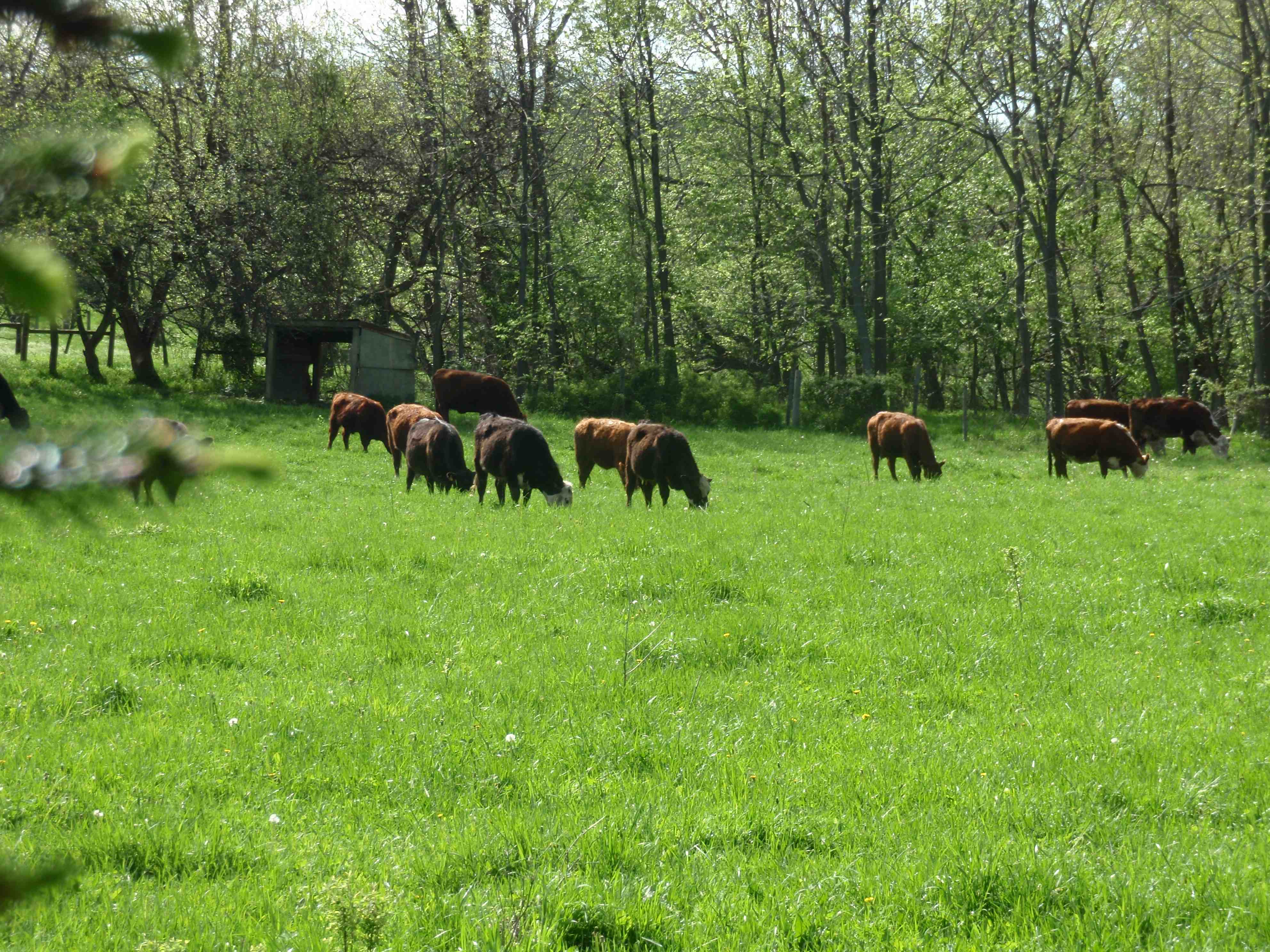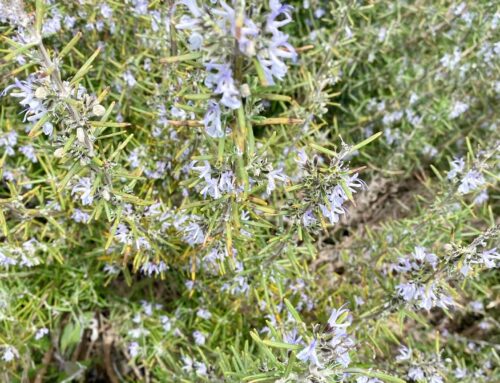I answered the phone. “Hello?”
“Hi. I’m a senior in the agriculture department at the University of Missouri. Could I ask you a few farming questions?”
“Happy to help.”
“Thanks. I’ve spent my senior year working on a fairly complex equation, and I need to firm up a few variables. My equation will let a farmer know, in advance, whether or not their farm will be successful.”
My nerves aren’t what they used to be. After I picked up my phone from the floor, my first inclination was to say, “An equation that will do what?” Instead, I gave a small, imperceptible sigh.
“What can I do for you?”
“Could you list the three major components to a successful grass-farming operation? Not to put you on the spot…”
No problem, I told him. I rattled them off in this order:
1) Earthworms

Burying my head in the sand? Not at all! I'm looking for signs of earthworms, tunnels, castings and loose, moist topsoil. It's a fascinating world down here, check it out for yourself! If you find me in the field like this, don't worry... I'll be on my feet again in a half hour or so.
Earthworms? Number one? Absolutely. Successful free-range farming starts with healthy soils, and earthworms are our biggest (or tiniest, as the case may be) allies. Earthworms tunnel through the soil, softening it, making it easier for rain to soak in, and plant roots to spread. Some earthworms live deep below the ground, bringing hidden minerals to the top during their nighttime visits. Others remain near the surface, slowly eating and churning decaying leaves and dead grass like cake batter in a mixing bowl. Together, they enhance all aspects of the soil, eating, digging and pooping their way through the complex eco-system we call ‘dirt.’

Earthworm castings, after a heavy rain. Before I became a grass-farmer, I'd see these little globule-shaped piles of dirt, and wonder what made them. The earthworms come up at night (when predators are less likely to spot them) and eat whatever they find on top of the ground. This is their amazing fertilizer... our fields are covered with it.
Nothing gets me quite so excited as fresh earthworm poop. Known as ‘castings,’ earthworm doo-doo is nature’s perfectly balanced fertilizer, a water-soluble mixture of dirt, vitamins and moisture specifically adapted to the pasture where they are deposited. Fields with healthy amounts of earthworms (say, a couple dozen per shovel full) will be festooned with these little piles of poop. This is free fertilizer that the grass can easily utilize for future growth.
In a world of pesticides, chemical fertilizers and diesel powered manure flingers, earthworms are an amazing, free resource. On our farm, every decision we make takes earthworms into account. Although hugging them only ends up in a squishy mess, they are truly a farmer’s best friend.
2) Year-Round Grass
Nothing sounds as exciting as… watching the grass grow. But for a free-range farm, it’s of vital importance. By keeping grass in front of our animals year round, we grow food that requires virtually zero human or mechanical energy. Furthermore, by giving the grass the proper time it needs to flourish and recuperate, we build root strength, create deeper soils, retain critical moisture, and improve habitat for our earthworm buddies.

This field was cropped for decades before we converted it to grass full time. Although it looks abundant, most of our fields are much thicker than this. Given enough time, the land will restore itself. It all takes time, good management, and patience.
Like most everywhere else, our grass grows throughout the warm seasons. Come autumn, however, we ‘stockpile’ it, allowing it to pile up in certain fields. Come winter, we carefully ration it out, thereby utilizing free solar energy year round. Remember, sunshine and photosynthesis are free. Sunshine, captured as grass, later becomes amazing pasture-raised beef, lamb and eggs. If you support free-range farming, the phrase ‘watching the grass grow’ is officially the new ‘stopping to smell the roses.’
3) Patience
Patience?! We don’t have time for that! Can’t we speed all this “free-range” stuff up? You know, some organic chemicals here, some heritage breed genetic modifications there. Voila! Free-range drive-thrus from coast to coast!
Not so fast, fast foodies. Let’s take a moment to remember our recent history. For generations, agricultural practices of plowing, combined with chemical fertilizers and herbicides, have compromised our soils. Add in nutrient-draining crops such as tobacco and cotton, and the picture becomes even clearer. Erosion, exportation of organic matter, and habitat destruction have been the agricultural norm for hundreds of years. Remember how important our little friends the earthworms are? Now, imagine sitting in your living room as a huge blade cuts your house in half, and herbicide is dumped on your head. You’d probably have a word to say at the next HOA meeting!
In short, our dirt has been treated like… dirt. When I arrived back at my farm fifteen years ago, we didn’t have so much as a centimeter of top soil left. Rebuilding top soil, the rich upper layer of dirt where moisture collects, leaf matter decomposes and earthworms stir it all up, takes looooooong time. How long? To put it in perspective, I used 7 o’s in looooooong. As a grass farmer, it often feels more like forty seven.
The good news is, just like boosting earthworm habitat and managing solar energy, patience is free. Sensing a common theme, yet? On our farm, it takes two full years to properly finish a grass-fed beef. If that seems like a long time, consider it another way: it’s the appropriate amount of time. Without proper variables in place, patience included, then we’ll never have a successful farm, regardless of the mathematical equation.
Which takes us back to our college student. “Wow,” he replied, when I was finished. “That is not what I thought you were going to say. In fact, that’s not even remotely similar to what any other farmers have said so far.”
I shrugged. On days like this, I’m especially happy to be a grass-farmer, free from term papers, all-nighters, and chug! chug! chug! fraternity parties. Like most things in life, knowing where we’ve been helps us to better decide where we’re going. Agriculture, I’ve learned, is certainly no exception.










Leave a Reply